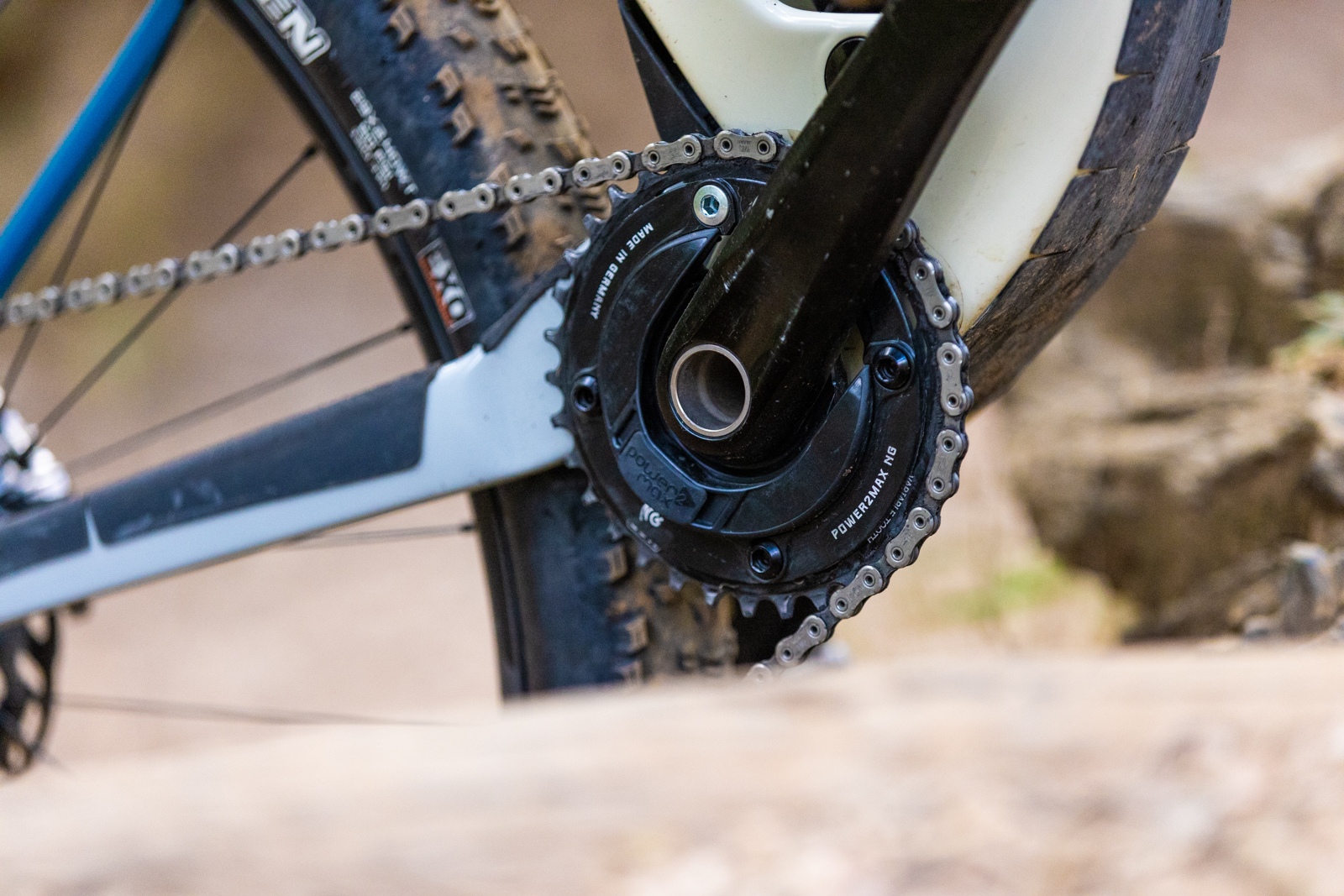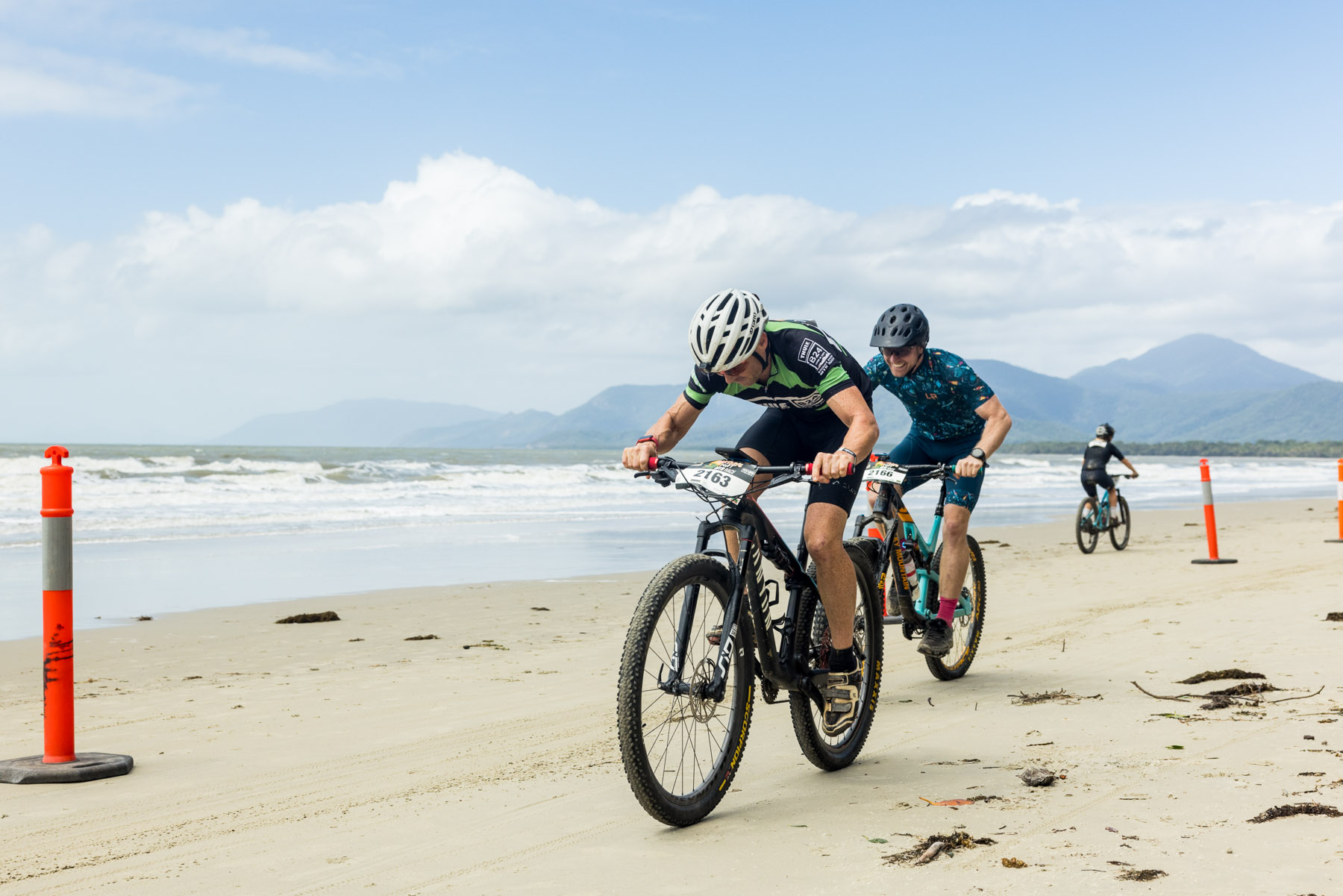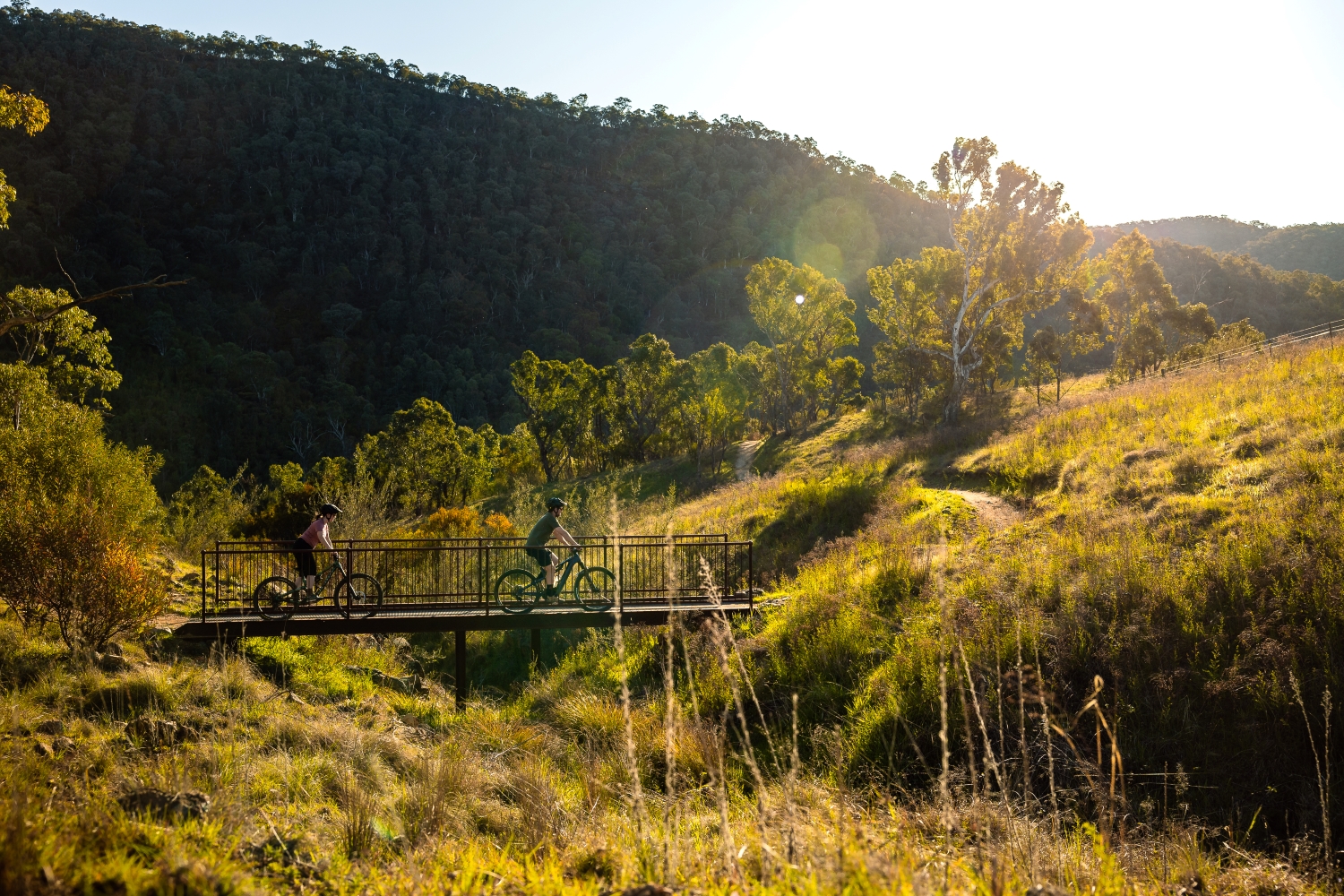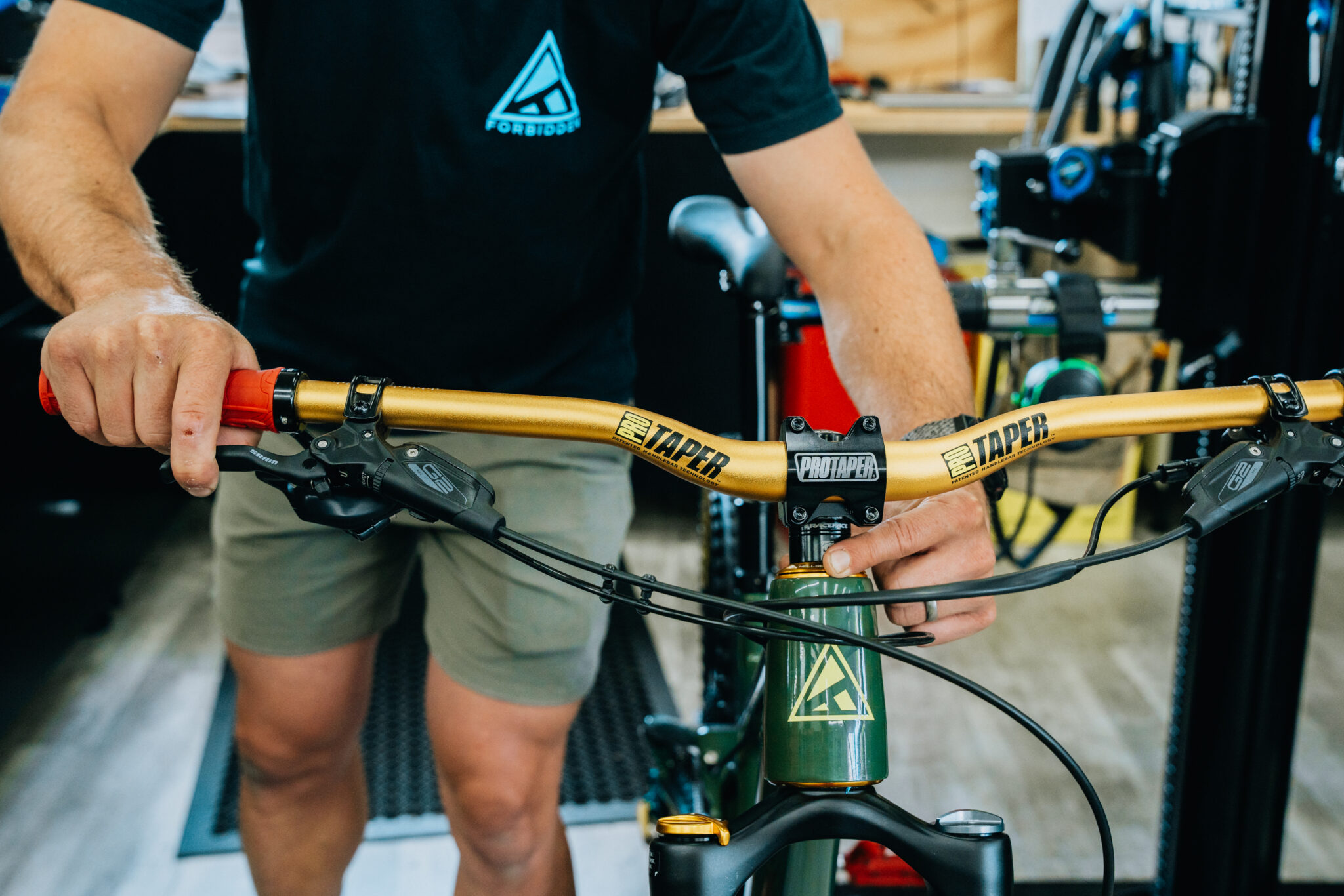TESTED: Power2Max NG cycling power meter
If you're serious about improving your mountain bike performance between the tape, then a power meter like the Power2Max NG should be on your wish list.
Photos: Gerard Lagana
Any performance minded mountain biker will analyse ways they can improve. And if this is you, you'll know this involves optimising your bike, your training, your nutrition, and your general health. In terms of training for the mountain biking you do, there is certainly a lot to be gained by consistent riding, and just like Anna Beck has covered in her Fitness article on low tech performance monitoring, it is easy to get gains through some fairly simple steps.
Beyond that, you need to start getting a little more specific. From both the effort you put in, the rest you take, and the total work involved. Heart rate monitoring has often been the chosen tool to measure the effort in endurance sports, however it can be impacted by a lot of factors. So – enter power. Power is an exact measurement of the work you are doing, not the impact on your cardiovascular system from doing the work. So not only is it more accurate for measuring the work you have done in training, it also works far better for measuring the work done in sprint type sports. Power meters were first used in the late 1980s, but over the past decade they have moved out of the sports science labs and well and truly into the reach of every day cyclists.
READ: Should train with power?
Power meters are typically crank, spider, pedal or hub based systems. Not all system types suit mountain bikers, but there are a number of popular options such as crank based systems from Stages Cycling and 4iiii, plus spider based systems from SRM, Quarq and of course Power2Max.
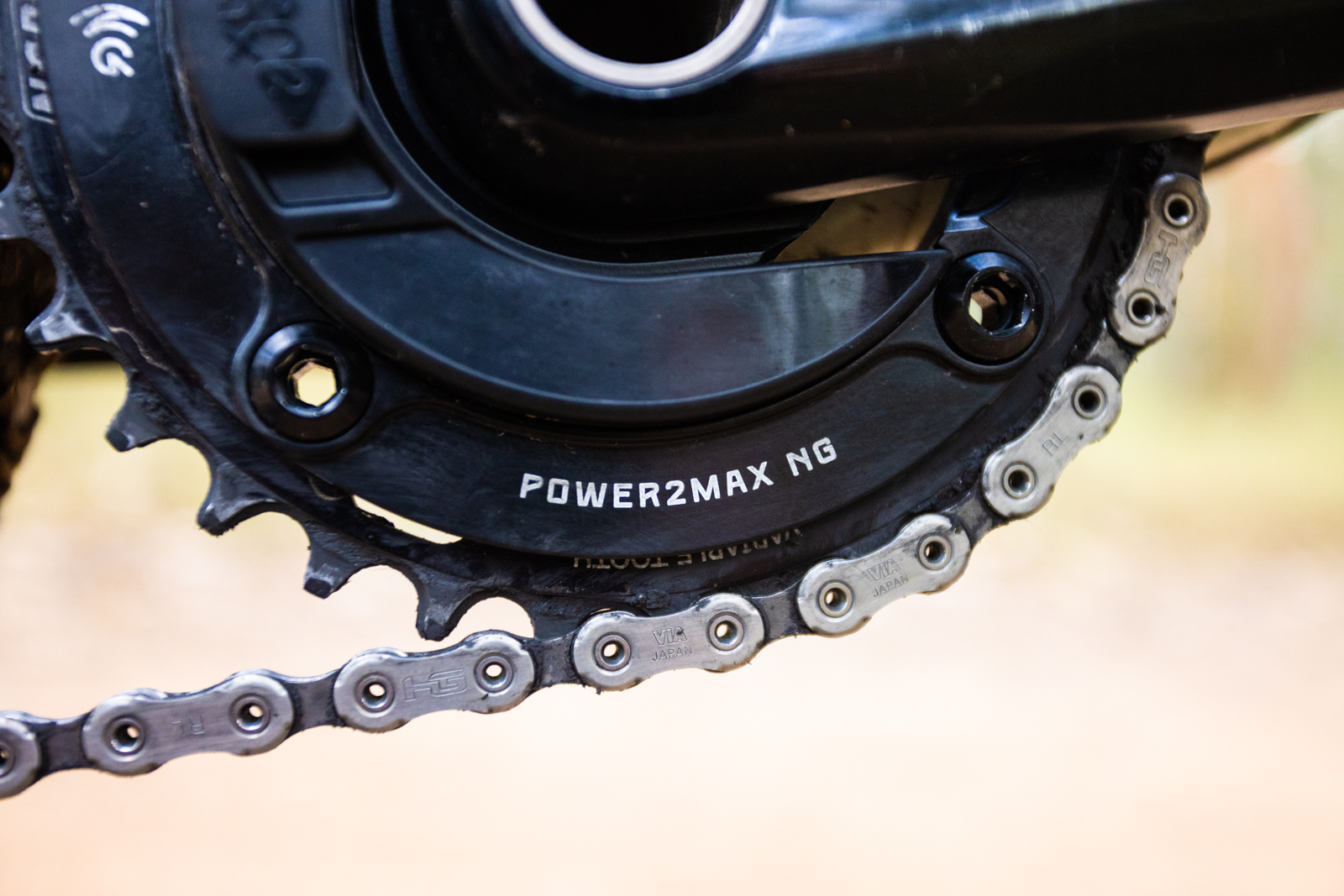
Power2Max have two spider based systems in their line up, and each model needs to match a crank set brand, as it replaces the direct mount chain ring. They have different models for Shimano, Rotor, SRAM, Praxis, e*thirteen, Cannondael and RaceFace. The NG model I have on test uses a rechargeable battery, with a claimed 150 hours of use. It has a claimed 1% accuracy, and does left/right power balance based on the push/pull measurements on the spider. Most importantly for mountain biking, it works down to a cadence as low as 20rpm. The Power2Max NG units sell for $1699, although the Power2Max NG Eco models are substantially less, selling for $1099. They use a coin cell battery and have a claimed 2% accuracy, but don't predict the left/right balance of your pedal stroke.
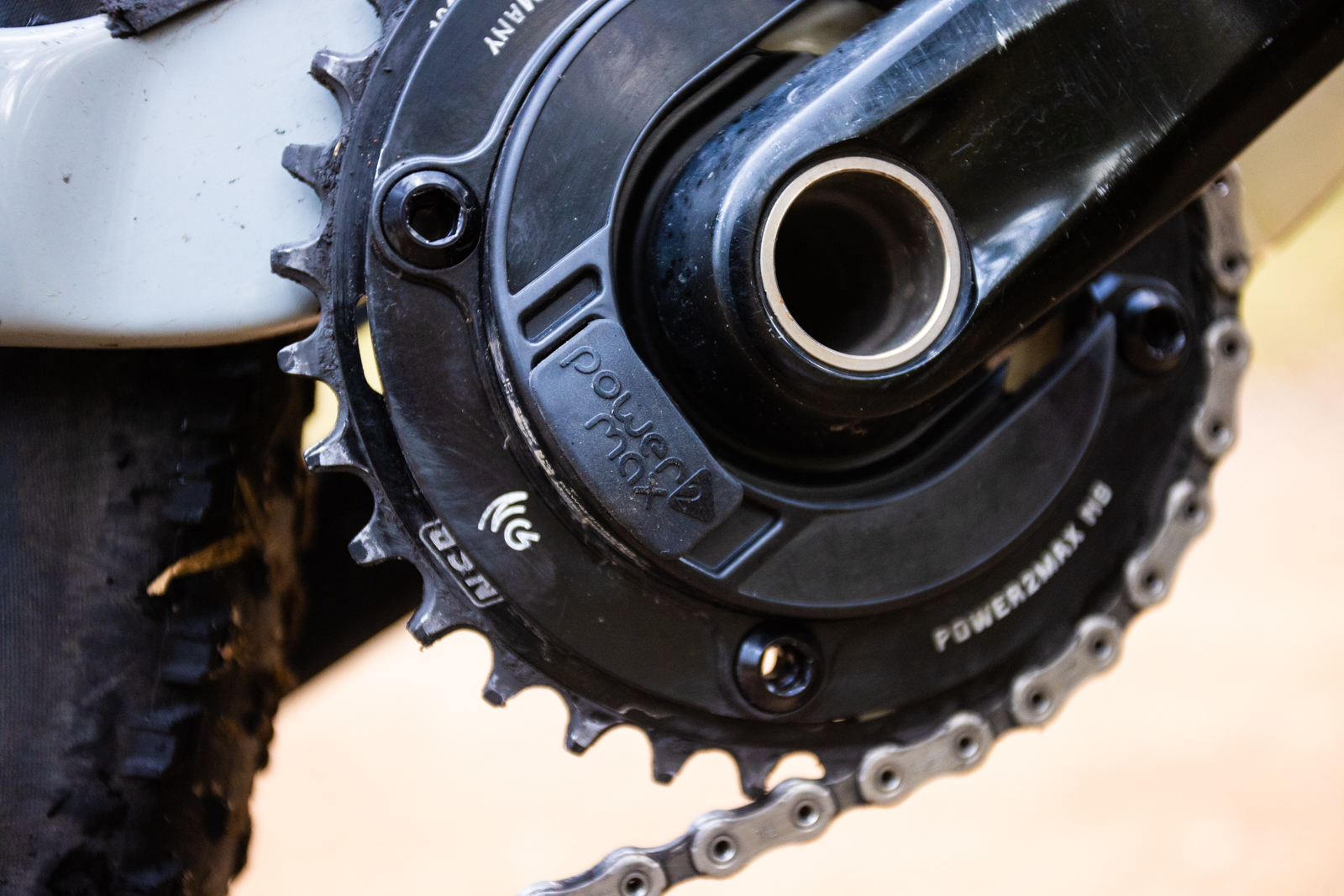
Setup and fitment of the Power2Max NG
I fitted the Power2max NG power meter to a Shimano MT900 175mm crank set. The spider is compatible with 104BCD chain rings, which are less common than they were with the move to direct mount chain rings. You will need singlespeed chain ring bolts as well. Most bike shops should be able to order steel ones, I opted to order some Wolftooth alloy ones – they come in a wide variety of anodised colours if that's what you're into.
The power meter spider weighs about 126g, and I removed a Shimano XTR 34t chain ring. With the power meter, a set of 4 Wolftooth alloy chain ring bolts and a North Shore Billet 34t chain ring ($114.99) the whole setup added a little over 100g. It's a paltry amount for good data, but not as light as some left-side crank based power meters like Stages or 4iiii.
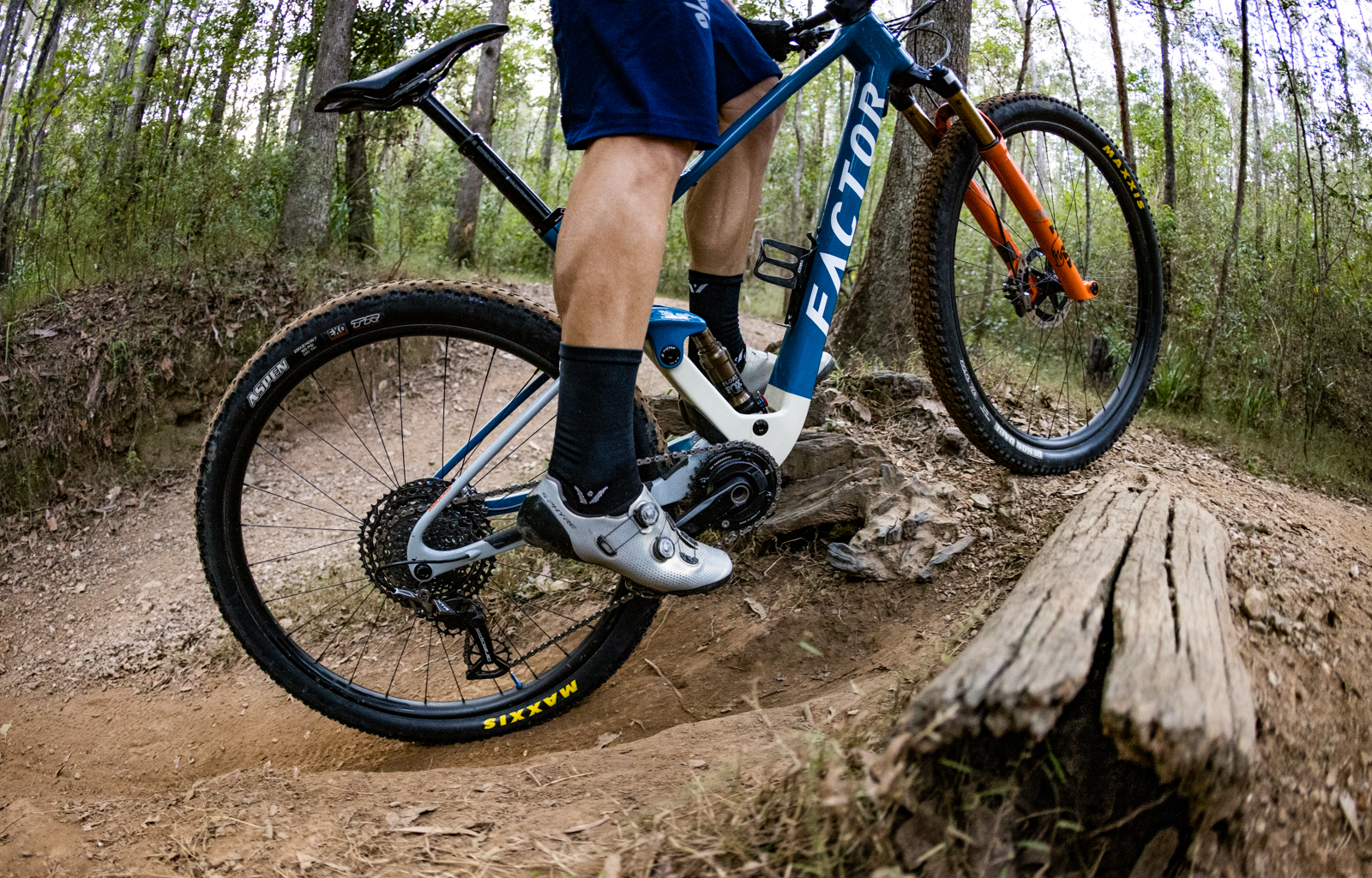
Connecting to my Wahoo ELEMNT Bolt was a cinch, I turned it on and selected to scan for devices and it found it right away with the ANT+ connection. The unit's ANT+ code is written on the edge of the power meter, which is handy if you need to reset the connection in a sea of devices. While that sounds unlikely, it could well happen on the start line of your target event. The unit calibrates itself when it's at rest for a couple of seconds, so it's good to know that happens quite a lot, so you knew there won't be any vague measurements.
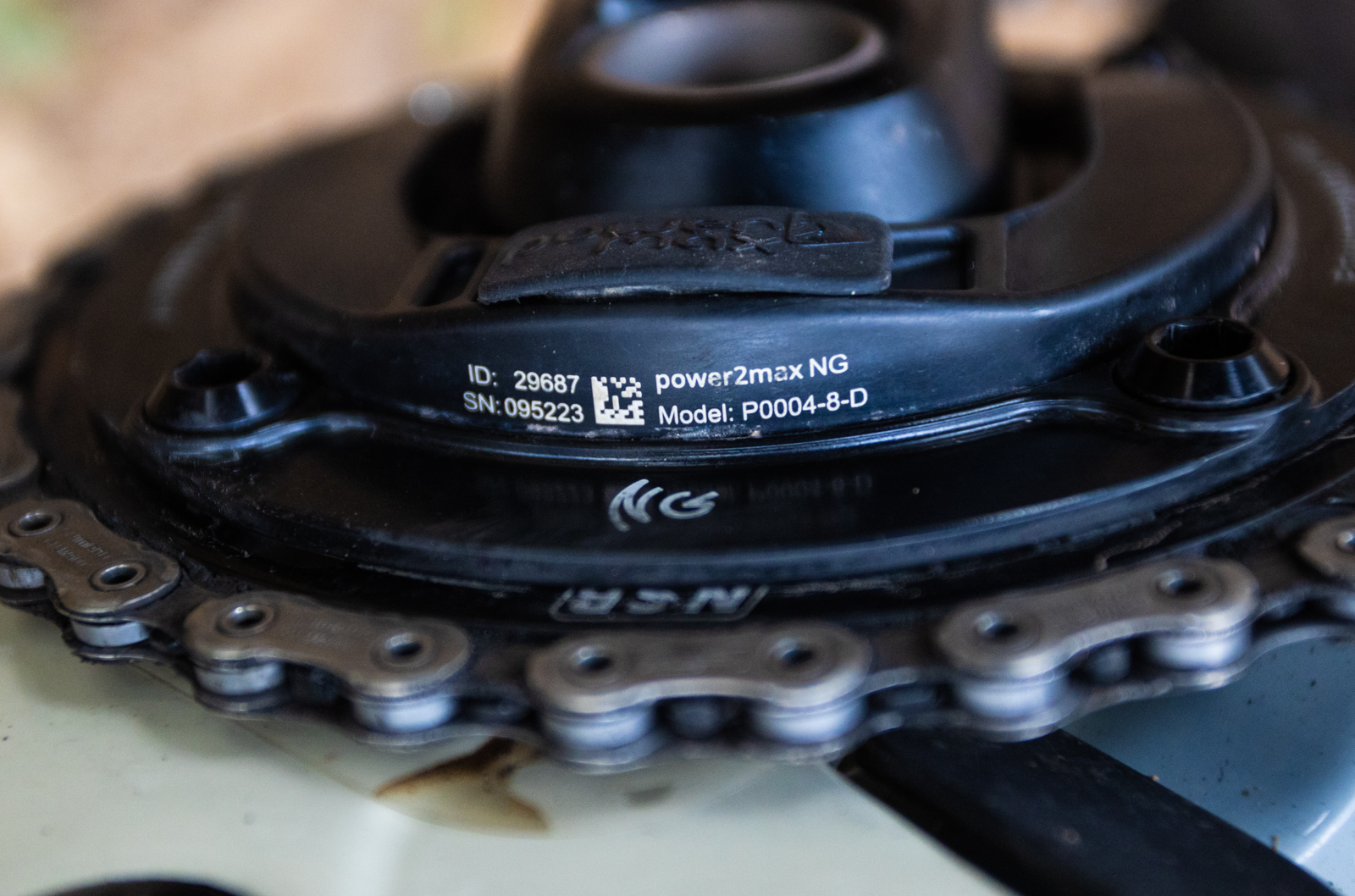
Using the Power2Max NG power meter
Data is important to match the effectiveness of your training and recovery, and even to gauge your effort in events. But you have to know what you are looking at. I've had a power meter on at least one bike or another since 2010, and at times they have just provided numbers on a screen. At others, I'll let the power meter dictate the effort I'm putting in for set efforts in training, or provide a ceiling of effort on sustained climbs in events. Such is the prevalence of power meters amongst some riders that discussion of normalised power thus far during races isn't uncommon.
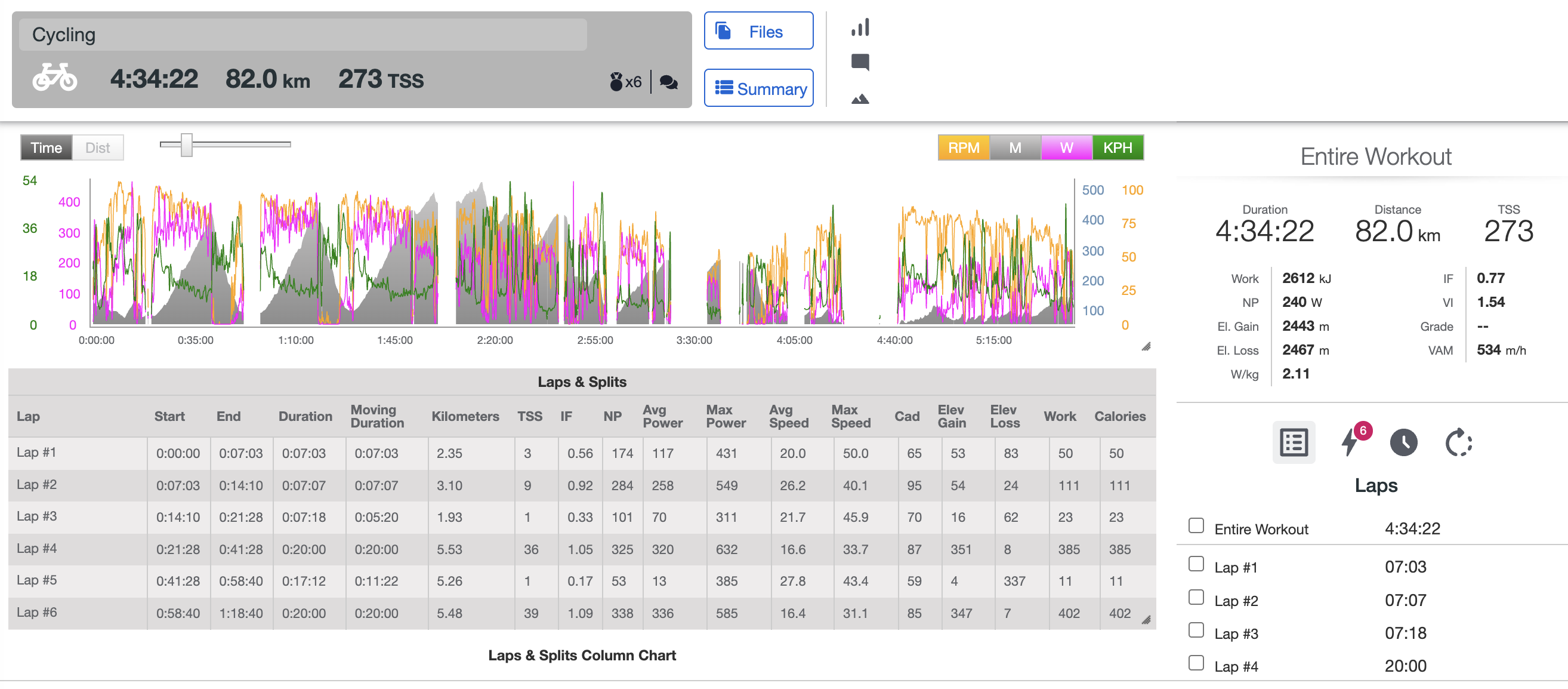
But what is normalised power? Why is it a better choice to use than average power and what is your FTP (Functional Threshold Power)? If you don't know – then a power meter isn't for you, unless it's something your cycling coach is recommending. And in that case, you can arm your coach with more data to help you train your weaknesses and iron out your power curve.
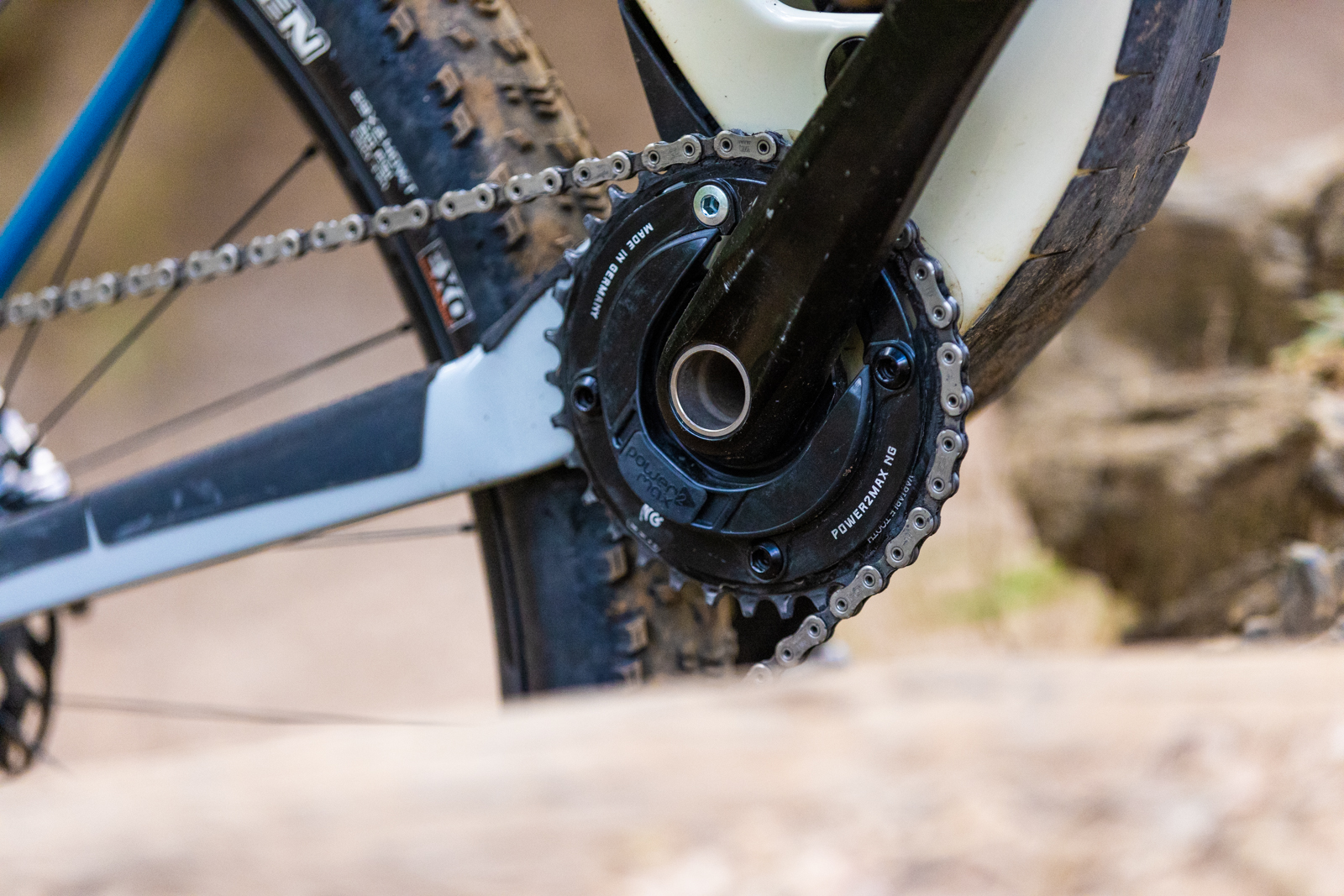
And speaking of weaknesses, this is where I found the Power2Max NG to be superior to my regular Stages Cycling Gen3 unit. I have a Stages unit on one mountain bike and on my dropbar bike as well. Sometimes I use the numbers, sometimes I don't. But they both assist tracking fitness progression and monitoring fatigue, even if I'm not using the power data. I do find I get bigger variances in both relative effort and tracked heart rate compared to power between riding on road, and off. And clearly that's due to the amount of pedalling you do when riding on the road compared to riding off it, with pumping and working the bike over terrain, not just pushing pedals.
Mountain biking also has a lot of time at lower cadences. Be it technical climbing, or just all the accelerations out of tight corners, plus the power strokes over features. And if the power meter you use doesn't pick up up much at lower cadences, then the validity of your data is lower. Given the Power2Max works down to as low as 20rpm, I found it was superior to my usual power meter in these instances. And as such, it was a more useful training tool for mountain bike use.
This will be of use for only a few types of workout, but it is very useful for getting a more accurate read on your output for the duration of a session or a race. And that is a day in, day out benefit of the Power2Max.
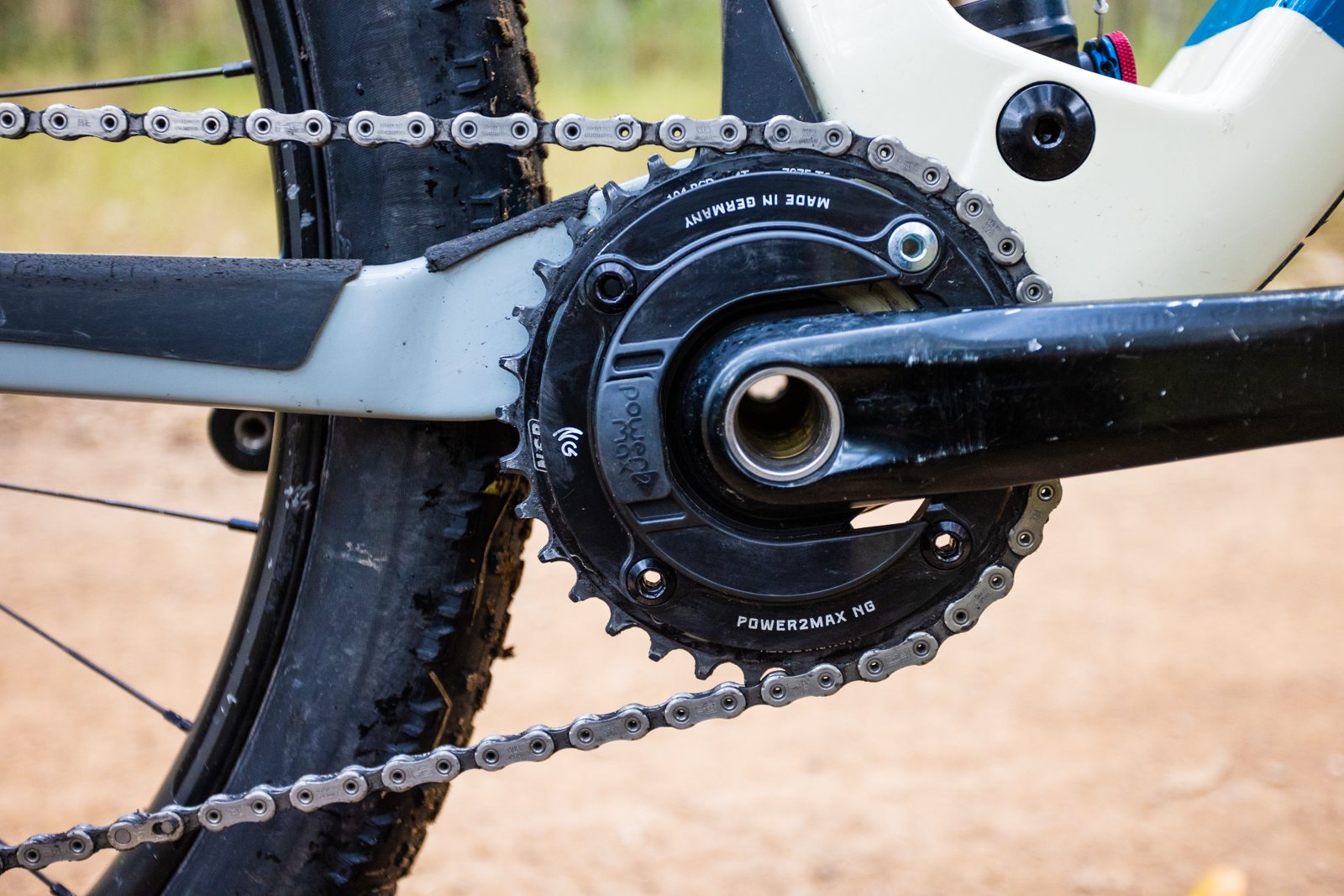
Our take
There are a few things to consider when looking at a power meter for your mountain bike. The first is whether you need it, or whether you just want to say you have one. Then it's down to how well it functions for your use. I really like that the Power2Max NG uses a rechargeable battery. I didn't touch it the whole test period (10 weeks) and this unit won't be adding any coin cell batteries to landfill or battery recycling. It has a claimed 1% accuracy but most importantly, it still works consistently at low cadences. This is a rugged and waterproof unit, but it's a fairly major investment compared to many power meters out there. However, if you're looking for a quality unit I would look closely at the Power2Max NG range.
RRP: $1699
From: FEsports.com.au
Hits:
– Rechargeable battery
– Left/right balance (predicted)
– Works at low cadences
– Auto calibrates
– Accurate to 1%
Misses:
– big investment
– Left/right balance is predicted

